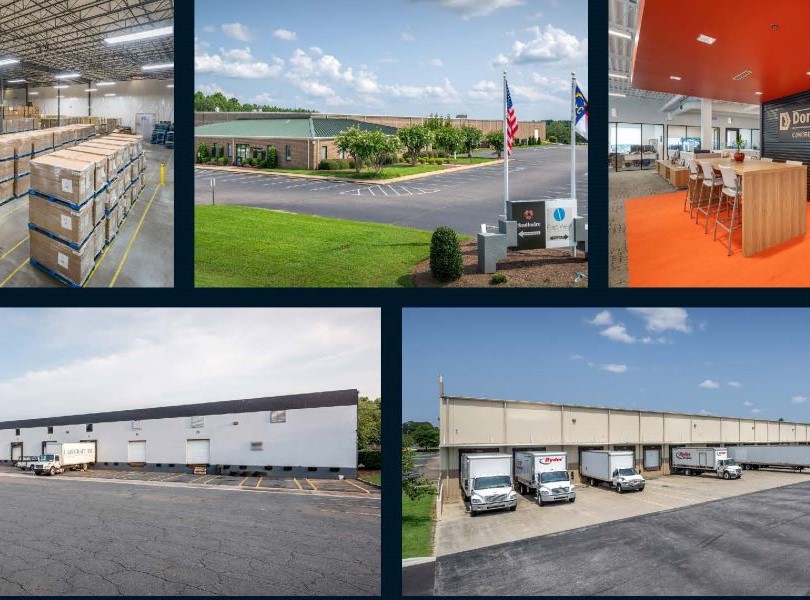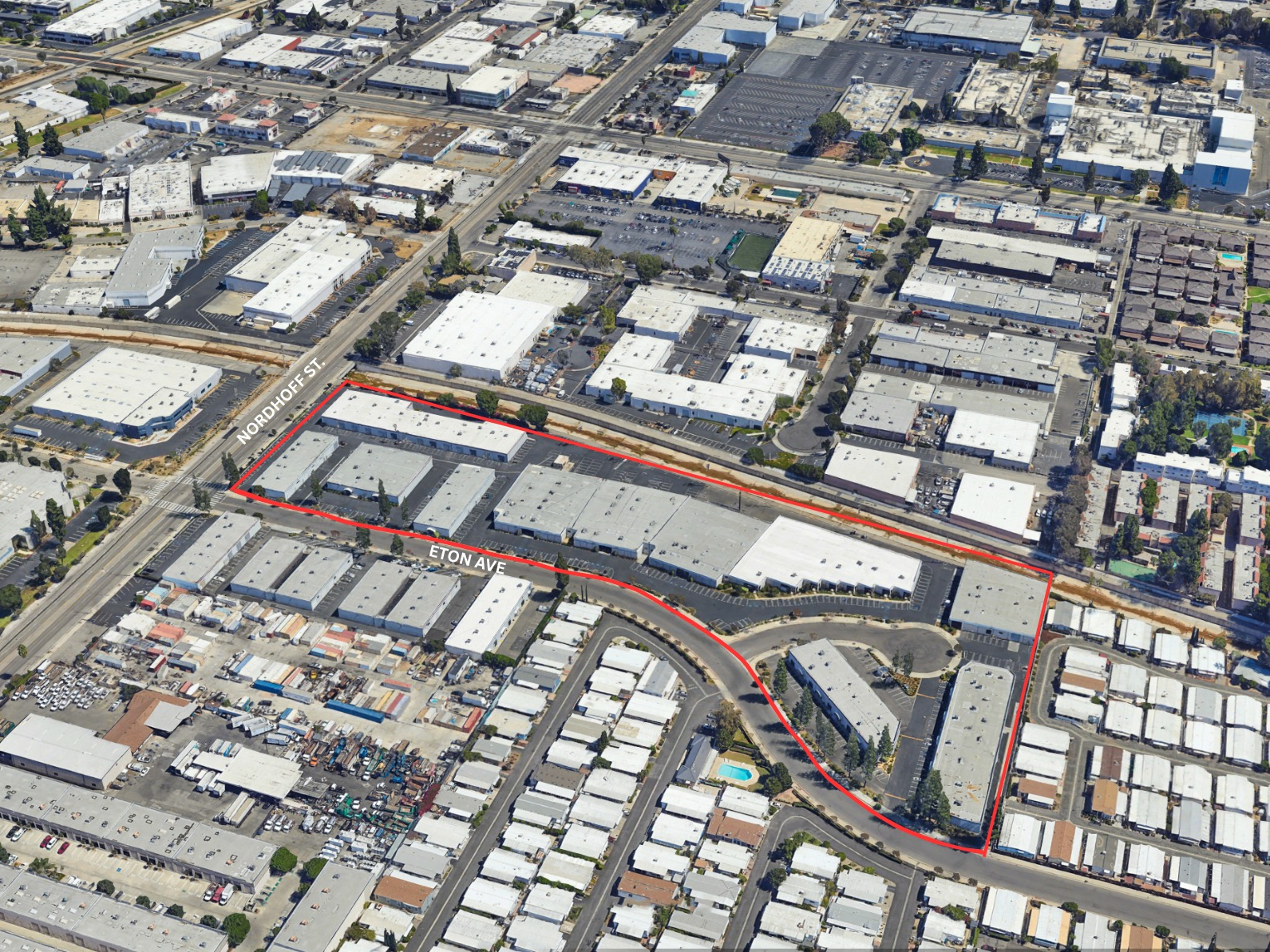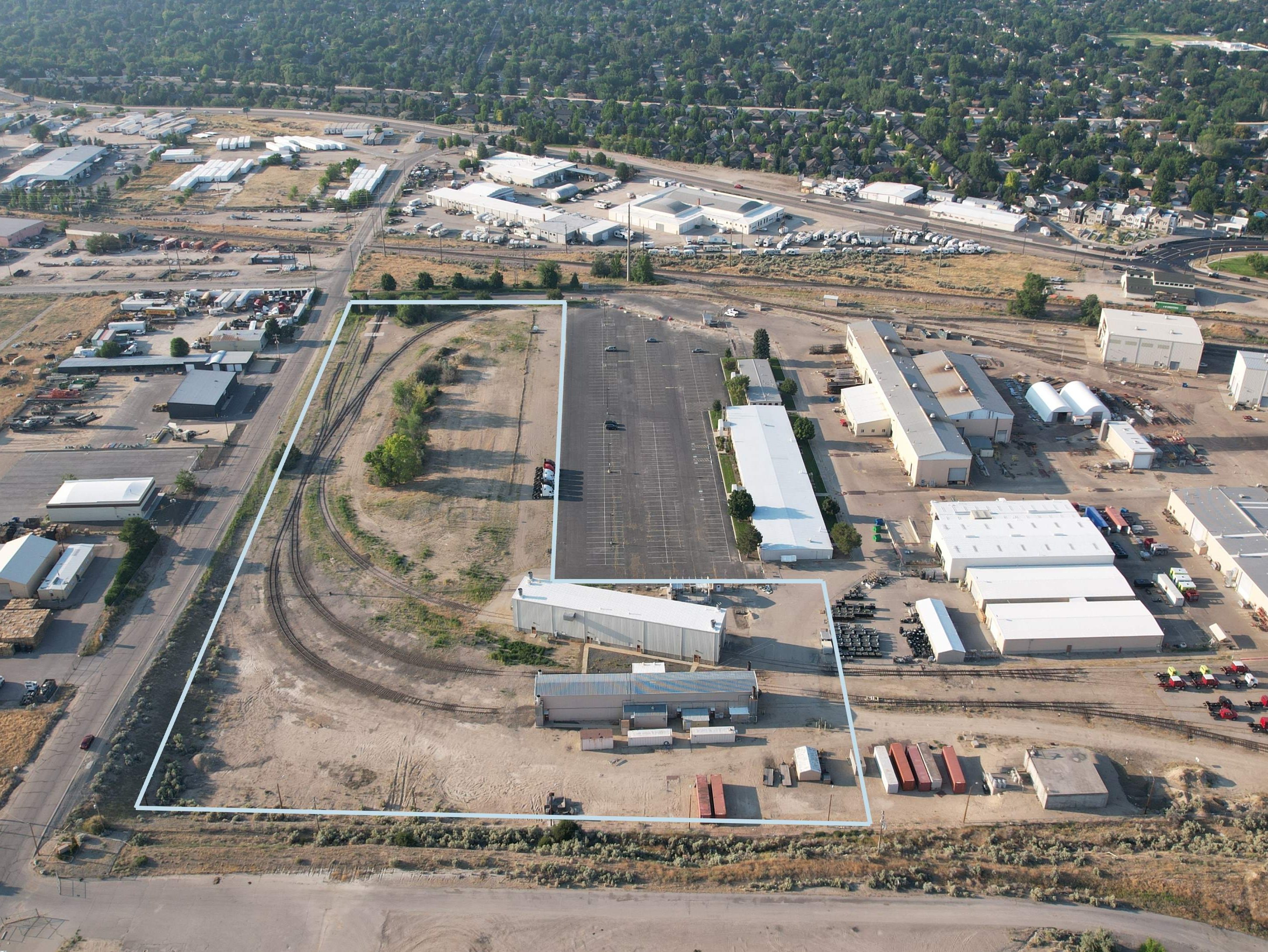Q&A: How Walkable Urbanism Is Changing CRE
Millennials and Gen-Zers choose walking or riding over driving, and the industry is responding, says developer and professor Christopher Leinberger, who is about to release a new report.

Christopher Leinberger, Charles Bendit Distinguished Scholar and research professor at George Washington University and chair of its Center for Real Estate & Urban Analysis. Image courtesy of Christopher Leinberger
In advance of the release of the 2019 Foot Traffic Ahead report by the George Washington University Center for Real Estate & Urban Analysis, CPE sat down with its chair, Christopher Leinberger, to discuss walkable urbanism and its impact on how property is built, sold and managed.
Leinberger has been involved in understanding metropolitan development trends throughout his career. For 20 years, he owned and ran the real estate advisory firm known today as RCLCO, where he conducted market and feasibility studies and provided strategic planning for Trammell Crow, the Rockefeller family and other large developers. In the late 1990s, he became a limited partner and board member of Arcadia Land Co., a development company based in Center City Philadelphia. He has also, for 15 years, been a non-resident senior fellow with the Brookings Institution, and more recently, Charles Bendit Distinguished Scholar and research professor at GWU as well as the chair of its Center for Real Estate & Urban Analysis.
How did you get involved in the study of walkable urbanism?
At Brookings, I developed a quantified methodology for understanding metropolitan development trends. Our secret sauce is that we divide the world into driveable suburban development patterns (low-density segregated land uses, with cars and trucks being the only way to get around) vs. walkable urban (much higher density, a mix of uses, and multiple transportation options to get to an urban place where everything is walkable).
Our research has shown that in the late 20th century we were meeting the pent-up demand for driveable suburban development. It is what kept our industry going and put an economic foundation under the entire economy. And we were disinvesting in walkable urban places, which is how we had built cities for 6,000 to 7,000 years. Most of them were in the center city but also suburban town centers. Then all of a sudden, in the mid-’90s, we began to see shoots appear of these downtowns turning around, and that didn’t fit any of the patterns of the last 50 years. That was of great interest to me.
What do your studies consist of?
I have been doing analysis at three different levels through Brookings and through George Washington University. One is at the national level, surveying the 30 largest urban metros. Foot Traffic Ahead is a series we started in 2007 and have been doing every few years since then, ranking metro areas on their walkable urban-ness and the economic and social equity performance they have achieved. The release on June 24 is part of that series.
The second level is the metropolitan level, and this is in-depth analysis of metropolitan regions. Two years ago, we finished Metro New York—the first survey of literally all real estate in that one place. We have also done Boston; Detroit; Grand Rapids (Mich.); Washington, D.C.; Dallas-Ft. Worth; Atlanta. Upcoming is Melbourne, Australia, and Portland, Ore.
On the place level, we do in-depth analysis of, for example, Downtown New Orleans; Downtown Chattanooga; Capital Riverfront here in D.C.; National Landing in Arlington, Va., where Amazon’s HQ2 went; Southlake Union in Seattle, which is HQ1; Downtown Detroit and particularly what Dan Gilbert has done with Quicken Loans; and Mission Bay in San Francisco. We have a series of in-depth analyses of the product mix of these places and where they are in the evolutionary growth pattern that they’re on.
Many of these places in 2000 were nowhere. They were at a standstill, and some of them—like Capital Riverfront and NoMa in D.C. and Mission Bay in San Francisco and Southlake Union―were nowheresville. Today, they are 60 to 70 percent built out. It’s just been fascinating to watch this new but actually old development pattern—walkable urbanism—fundamentally change real estate.
How has the movement back to walkable urban changed real estate?
As someone who for 20 years ran a major real estate consulting firm that was primarily doing drivable suburban development and then a developer who for the last 20 years does only walkable urban development, I can tell you it’s fundamentally different in every category: site acquisition, finance, construction technique, marketing and, perhaps most important, management.
In the driveable suburban era, we basically were focused on property management―maybe asset management. But in this new era what we are finding is place management of, for example, Times Square. Tim Tompkins is the place manager of Times Square and he is the person, as head of the Times Square Business Improvement District funded by the private sector, who is the mayor of Times Square. He is engaged in increased safety, increased cleanliness, transportation, running the parks—everything that a mayor would do at the city level, only he is focused on the 200 acres that is Times Square.
And how does walkable urbanism affect investment and finance decisions?
As a developer, I know going into a deal―and I have done about 15 deals that are walkable urban downtown, including in Albuquerque, N.M.; Seaside, Fla.; and Kirkland, Wash. ―you must have a much higher percentage of your capital stack be equity, and a good chunk of that equity needs to be patient equity. It cannot be hot 25 to 35 percent IRR equity.
The thing about walkable urban development is―like real estate for centuries―it is a 40-year asset class. That’s why the IRS lets us depreciate real estate over 39 years. But during the driveable suburban era of the late 20th century, our financing, IRRs and discounted cash flow were all predicated on a three- to five-year return of equity. That’s not consistent with a 40-year asset class. So you’re seeing in commercial real estate a lot more all-equity deals being done—certainly to the sovereign wealth funds and to real estate investment trusts. REITs are a remarkably consistent way of investing for walkable urban development and that 40-year perspective on real estate. Most REITs think they are going to be around in 40 years. They are investing for the long term, not the buy-paint-flip approach that has been pretty dominant in the driveable suburban world.
What is driving the industry back to walkable urbanism?
The market basically got bored with driveable suburban. The boredom was led by the Millennials, and it appears that the Gen Zers are following the same patterns, perhaps even more intensely. Young people have been raised to purchase, live and work in places that are walkable urban and that has far more interest to them than a business park and being stuck behind a wheel. And of course, they have their smartphones, which are far more important to them than a driver’s license.
New York has always been walkable urban. How is walkable urbanism changing other parts of the country?
Most people, particularly if you are from New York, focus just on the center city. In New York, you have 92 percent of your walkable urban places in Manhattan and parts of Brooklyn. That represents about 0.7 of 1 percent of the total land in the region. You have incredible centralization of the walkable urbanism. In Metro Boston and Metro D.C., over 40 percent of their walkable urbanism is in the suburbs. The big issue in the future is the urbanization of the suburbs—whether they be suburban town centers like White Plains and Stamford or brownfield development like up in Somerville, Mass., at a property called Assembly Row. It is built around a new MBTA station that developer Federal Realty helped to pay for, and it is becoming a new downtown for Somerville on a brownfield site. There was nothing there 10 years ago. Now it is a major concentration of office, apartments and retail on the ground floor—high-density walkable urban.







You must be logged in to post a comment.